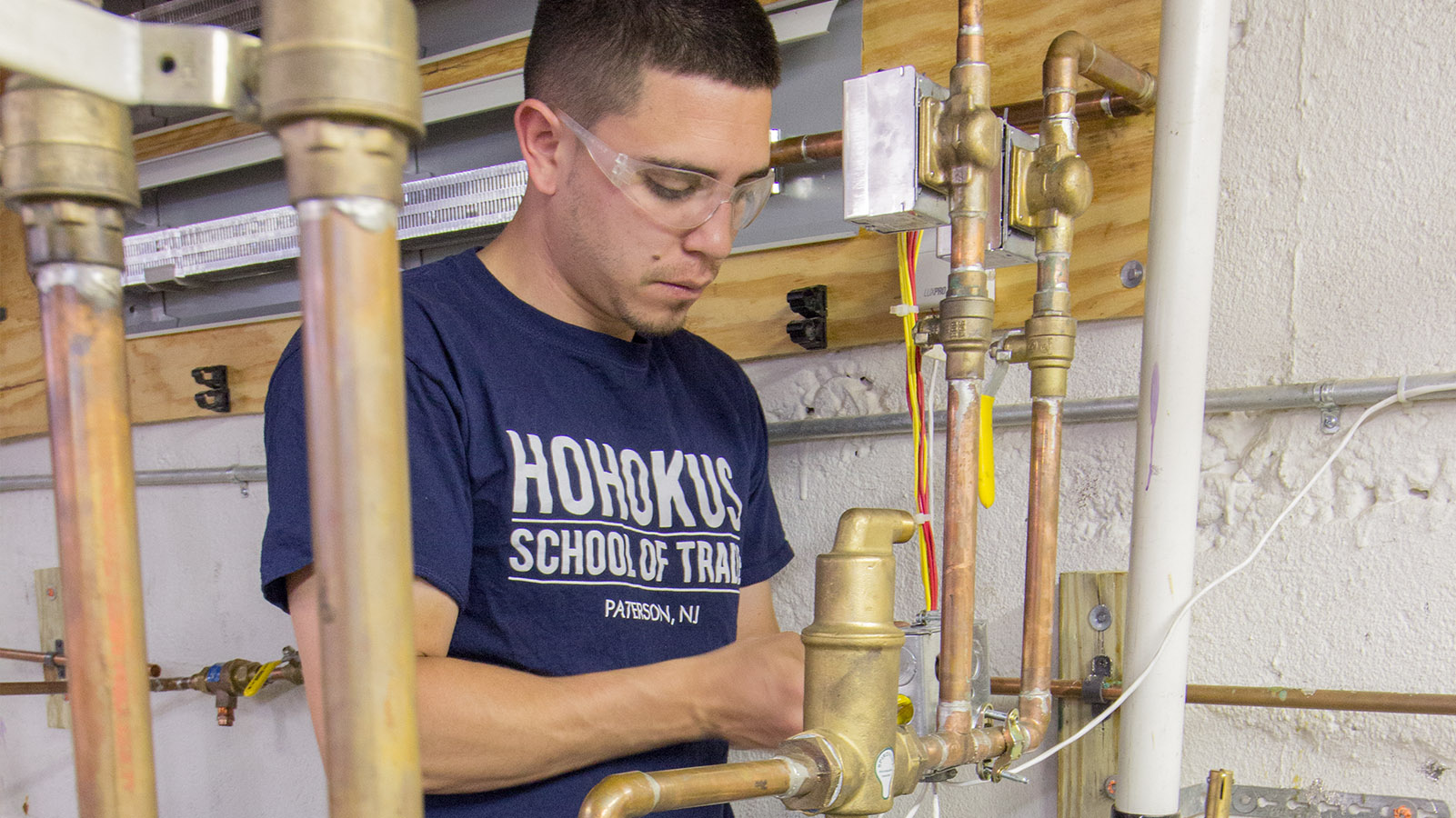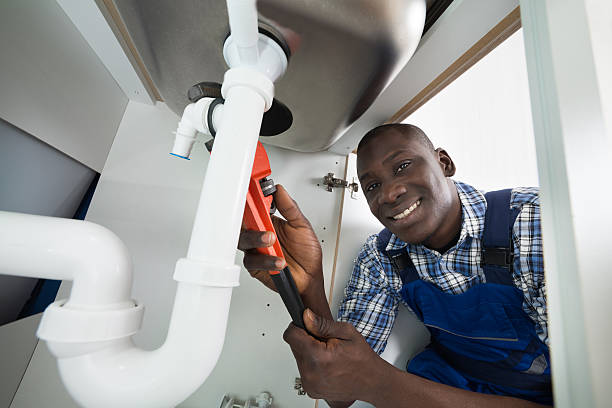Fast and Efficient Drain Cleaning Alabaster AL Services Available
Fast and Efficient Drain Cleaning Alabaster AL Services Available
Blog Article
A Detailed Overview to Reliable Hot Water Heater Installment for Optimum Performance
Beginning on the task of mounting a water heating unit is an endeavor that requires accuracy and an organized strategy for accomplishing ideal performance. The process begins with the important choice of picking the proper heater tailored to the certain requirements of your household, considering variables such as dimension, power, and kind source. When picked, preparing the installment location to satisfy safety criteria is critical. Nonetheless, the trip doesn't finish here. As you proceed, the details of linking water system lines and establishing reputable electric or gas links wait for, encouraging insights into guaranteeing efficiency and dependability.
Picking the Right Hot Water Heater

Next, think about the size and ability of the water heater. It's crucial to evaluate your household's warm water requirements, which can vary based on the variety of residents and their use patterns. A device that's as well small might cause not enough warm water, while a large model could result in unnecessary energy consumption.
Effectiveness rankings likewise play a pivotal function in choice. Try to find water heaters with high Power Aspect (EF) scores, showing remarkable performance and minimized energy usage. Tankless models, though typically extra expensive upfront, offer significant energy financial savings gradually due to their on-demand home heating capacities.
Preparing the Installment Location
Before mounting a brand-new water heater, thorough prep work of the installment area is necessary. It's crucial to measure the room very carefully to suit the water heating unit's measurements, making certain appropriate clearance around the system for reliable procedure and servicing.
Following, remove any type of particles, dust, or obstructions from the site to create a clean environment. Check the floor for stability, as the hot water heater will certainly need a solid, degree surface area to run efficiently. If essential, set up a drip frying pan beneath the device to capture possible leaks or spills, protecting against water damages to the surrounding area. In regions susceptible to seismic task, think about setting up seismic bands to safeguard the heating system strongly in position.
Furthermore, ensure that all needed tools and products are on hand prior to starting the installation. This consists of products such as wrenches, screwdrivers, a degree, and any added equipment required for safeguarding the heater and installing. A well-prepared setup location establishes the structure for a successful water heating system setup, maximizing performance and safety.
Connecting Water Supply Lines
When attaching water system lines to your freshly mounted water heating unit, it is important to ensure that all links are protected and leak-free to keep reliable operation and avoid water damages. Begin by identifying the cool and warm supply of water lines. The cold water inlet is generally marked with a blue label or a "C", while the warm water electrical outlet is marked with a red tag or an "H".
Use versatile you can try these out water heating unit adapters to assist in a much easier installment process. These adapters can soak up vibration and enable mild motion, lowering the risk of leaks. Before connecting the adapters, position a plumbing technician's tape around the threaded ends of the water heater's inlet and go to website electrical outlet pipelines - Plumber Alabaster AL. This tape serves as a sealant, protecting against leaks. Thoroughly link the versatile hose pipes to the corresponding inlet and outlet, guaranteeing that they are not over-tightened yet limited, which can harm the strings.
When connections remain in area, slowly activate the major water shutoff. Examine each connection for leakages by visually examining and feeling for dampness. Tighten links as necessary, and guarantee the pressure safety valve is properly installed, protecting against excessive stress accumulation.
Establishing Up Electrical or Gas Connections
Properly establishing up the electric or gas links for your water heating system is a vital action to make certain safe and efficient operation. For electric water heating units, start by confirming that the electrical circuit is suitable with the heating unit's voltage and amperage needs.
For gas water heaters, safety and security is vital. Connect the gas line to the water heating unit making use of a versatile gas port, ensuring it is correctly threaded and secured with pipe joint compound or Teflon tape ideal for gas links.
As soon as links are made, check for any type of possible leaks. For gas lines, apply a soapy water option to the joints; bubbles indicate a leakage. For electric links, double-check that all wiring is secure and properly shielded, preserving compliance with local electrical codes.
Adjusting and checking for Efficiency
With the electric and gas connections firmly review in area, the following step is reviewing the functional effectiveness of your water heating unit. Begin by carefully turning on the water supply and making certain there are no leakages at any of the valves or joints.
Following, perform a comprehensive examination to make sure the heating elements or burner are functioning appropriately. For electric heaters, use a multimeter to validate if the elements are drawing the appropriate present. In gas models, observe the heater fire; it needs to be blue and consistent, indicating reliable burning.
Change the setups as necessary to get rid of ineffectiveness. Think about implementing insulation actions, such as adding a hot water heater blanket, to further enhance efficiency by lessening heat loss. Additionally, examine the anode rod's problem, as a worn-out pole can minimize performance and bring about container deterioration.
Final Thought
Effective water heating unit installation is vital for ensuring ideal performance and energy cost savings. Securely linking water supply lines and thoroughly setting up electric or gas links decrease prospective concerns.

Properly setting up the electrical or gas links for your water heater is an important step to ensure secure and reliable operation. For electrical water heaters, begin by verifying that the electrical circuit is compatible with the heater's voltage and amperage requirements. Link the gas line to the water heating system using a flexible gas port, guaranteeing it is appropriately threaded and sealed with pipe joint substance or Teflon tape appropriate for gas connections.
Report this page